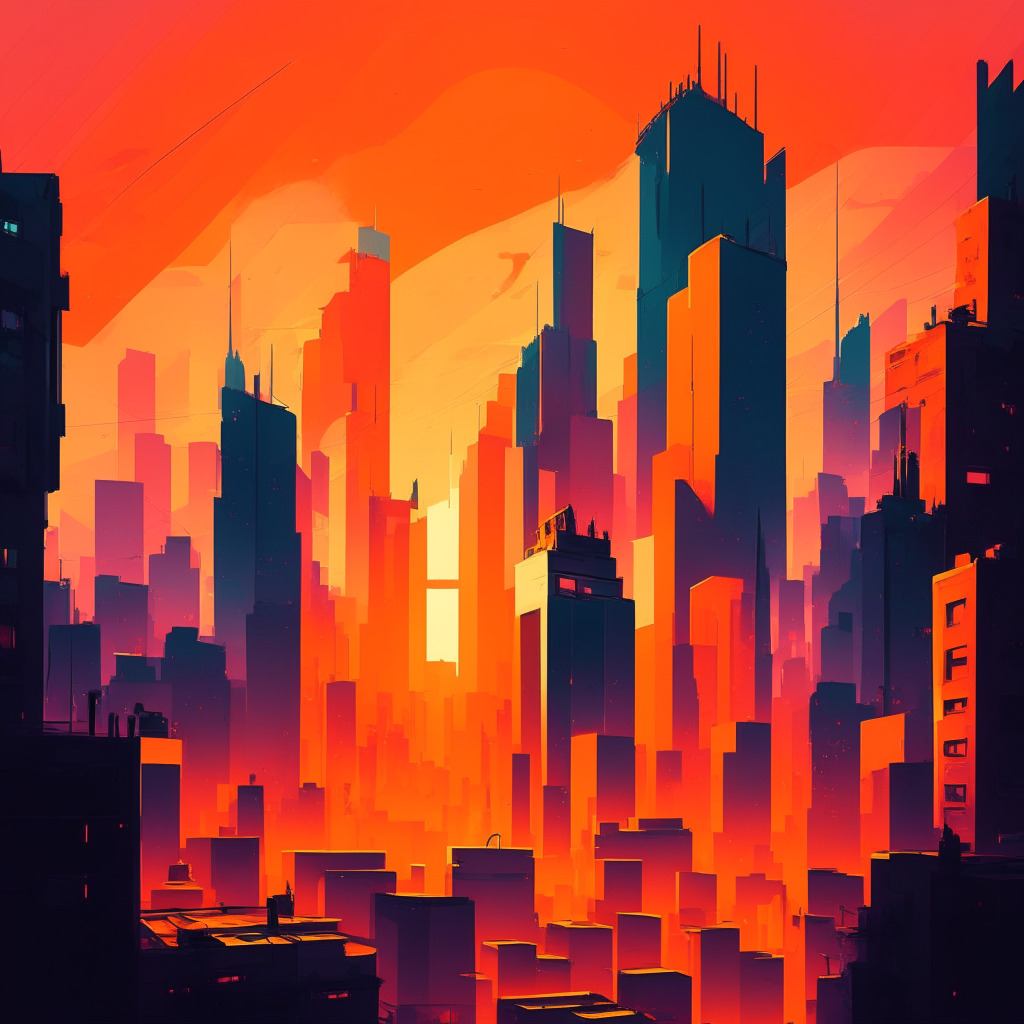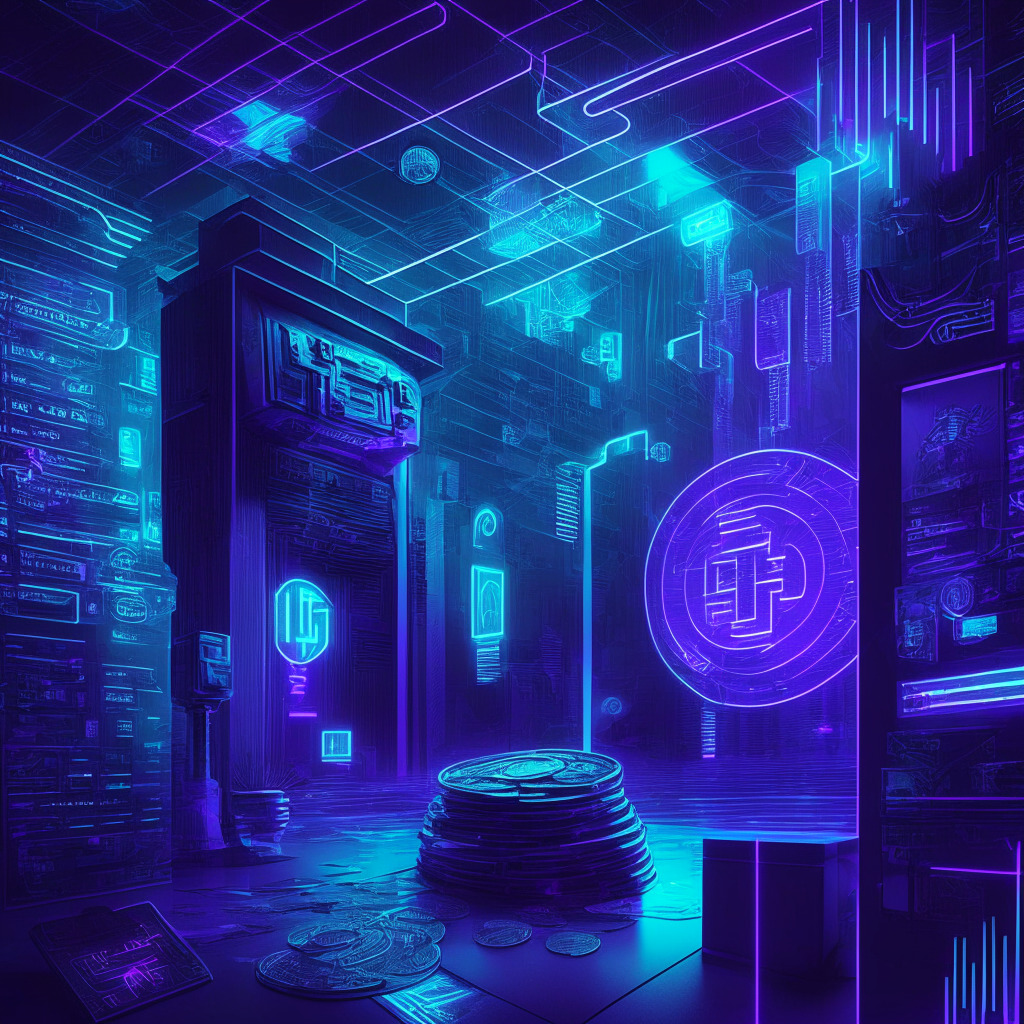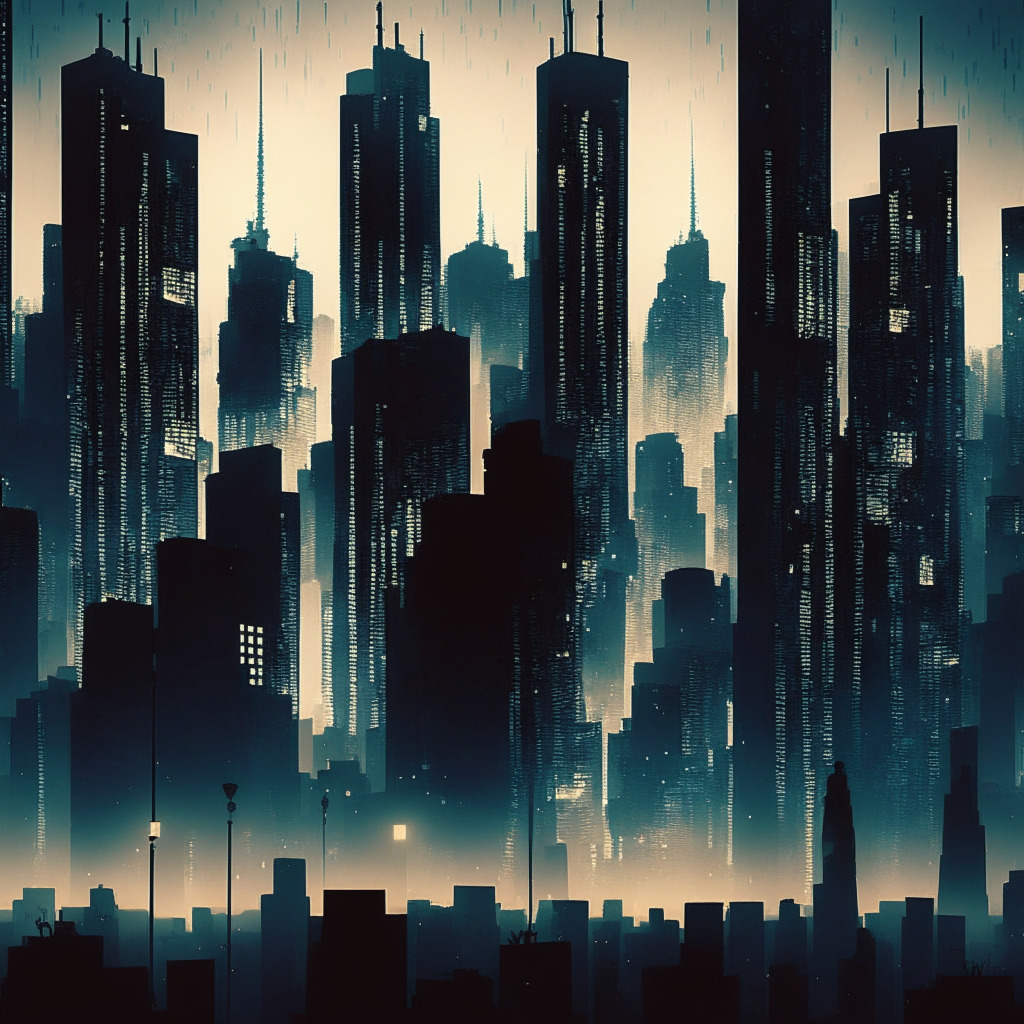Interest in non-fungible tokens (NFTs) has witnessed a significant decline over the past year. However, this decrease hasn’t deterred big brands from entering the NFT industry. In fact, 86 companies initiated NFT/Web3 projects in Q1 2023, just a slight decline from the previous year, as per a new report by NFT Tech. Brands are mainly opting for NFTs for digital asset adoption efforts, as opposed to other crypto sectors.
Take Starbucks, for example, whose inaugural NFT collection, Sirens, has seen its floor price rise by 400% since its March launch. The NFT space seems to be growing and evolving, with numerous use cases for the technology, presenting real-world utility for various brands and media companies. While some may still hold a cynically dismissive view of NFTs, ongoing progress in the sector might make them reconsider.
NFTs are unique digital tokens that verify ownership and cannot be counterfeited, as they are recorded on a blockchain. This promotes a sense of authenticity and scarcity, appealing to collectors and investors alike. They are commonly used in various sectors like art, gaming, and even identification documents.
However, it is worth noting that NFTs do not universally enforce copyright law, which can create complications in navigating intellectual property rights. Yet, this does not detract from the central value proposition of NFTs, which centers around their ability to digitally simulate scarcity.
The increasing use of NFTs across multiple industries also offers a glimpse into the technology’s potential. In the sports industry, for instance, NFTs have been widely adopted for various purposes – from ticketing to merchandise. Retail has also seen significant NFT growth, with brands leveraging these digital tokens for customer loyalty and rewards programs.
While the NFT landscape has grown exponentially, it still faces considerable challenges. For instance, the possibility of counterfeiting remains a concern – especially in light of many individuals attempting to profit off NFTs based on other people’s work. Even so, credible projects and artists continue to garner attention in the NFT space, further demonstrating its diverse range of applications and impact on various sectors.
In conclusion, although the NFT space has experienced a noticeable decline in interest, the technology’s potential remains untapped across various industries. With use cases ranging from art to customer loyalty programs, the world of NFTs still has much in store in terms of innovation and overall impact. The future of this revolutionary technology is uncertain, but its potential for growth and influence should not be overlooked.
Source: Blockworks




